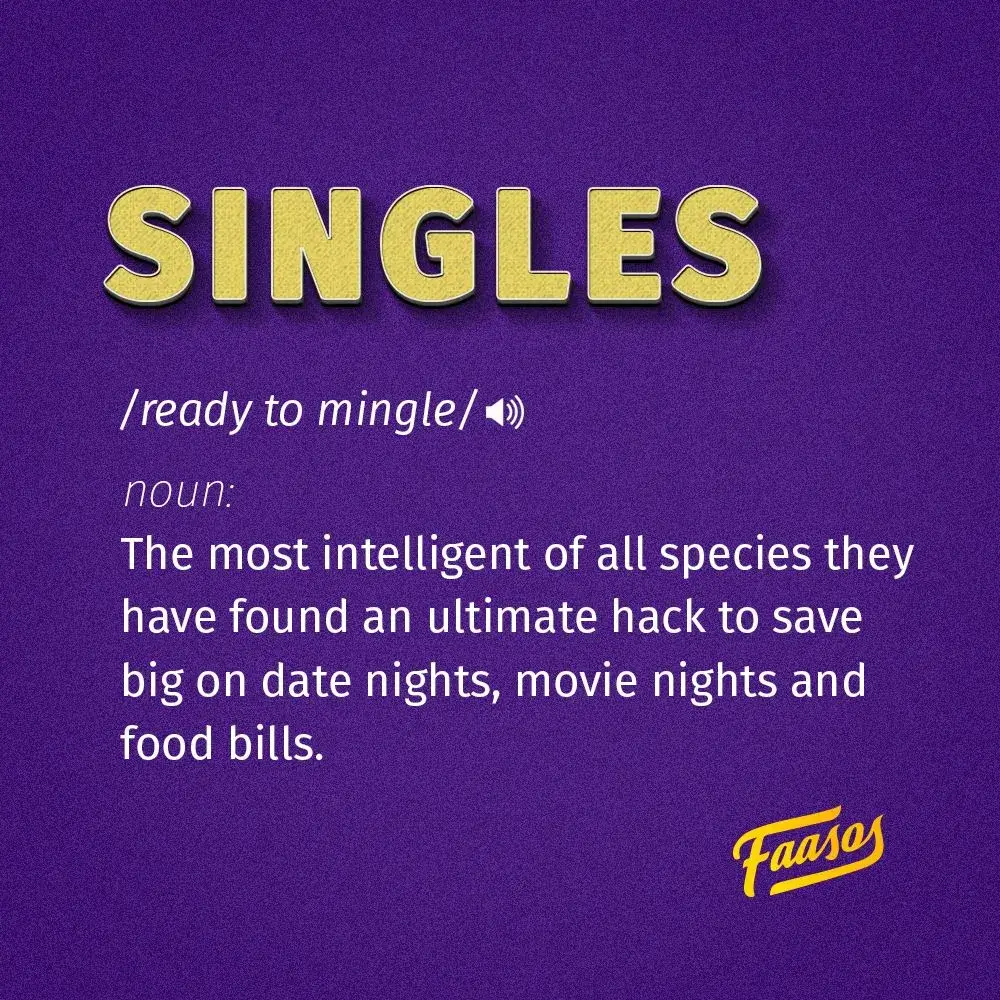How are brands evolving through Digital Campaigns and Strategies

How are brands evolving through Digital Campaigns and Strategies by Mr. Yashwant Kumar, Founder & CEO, GenY Medium
What will drive brand growth in the coming years? How can I ensure my brand is positioned to capture its fair share of the growth?
These are some of the most common questions we field from marketing executives we work with, in India and around the globe. And they are great questions to ask. For, while India’s economy is growing rapidly and more and more people are coming online every year, digital technologies are also changing the rules of the game just as quickly.
The internet has given consumers back their voice, and the tremendous power of their opinions via social media means that businesses and brands have to compete on a whole different level than they used to.
Gone are the days when a hailstorm of marketing money could be used to grab everyone’s attention and push the competition out of the market. Now customer’s demands for authenticity, originality, creativity, honesty and good intent had made it necessary for brands to revert to a level of customer engagement rarely seen since our grandparents’ day when local business owners often knew their customers personally and gave them individual attention.
“Consumers are increasingly giving a brand choice over to algorithms.”- Matt Mee, Mediacom
Brands are facing a challenging future. Most of the marketers are unsure how they fit into a world powered by algorithms, data and fast sales. Do consumers even care about brands anymore? Others are worried about connecting with consumers in the age of voice control. All want to know how to build brands of the future, not relics of the past.
Changing consumer behaviour is at the heart of these new challenges. Voice assistants such as Siri, Google Assistant and Alexa are shortening the traditional path to purchase, and the increasing number of connected devices in our homes are merging the points of engagement and transaction.
We can look at Amazon Alexa device to see how new tech is pushing brands to the fringes. The prospect of people saying “Alexa, add 1 kg of front-load detergent to my cart”, rather than calling out a specific brand name, is enough to make any brand team lose their sleep (especially if they are in low attention, high frequency or functional category).
And it’s not just new interfaces driving this new behaviour. Even the old school desktop e-commerce is also contributing. Many consumers are already transitioning to ‘passive selection’. Without the providence and magical powers of the physical in-store experience to influence their choices, online shoppers are sticking with what they know. The majority of brands in their shopping carts remain unchanged from week to week.
Such passive selection is the first step to oblivion for many brands, and what makes matters worse is that for some consumers – and, in some moments – it is a welcome change. Lots of us are happy handing decision-making responsibilities to algorithms in many areas of our lives; from playlists to news filters.
If I asked you, “Who is the most trusted voice in your industry?” how would you respond? Surprisingly, in most industries, such a person or company doesn’t even exist.
Marketers have always had a hard life. Their teams are under constant pressure to deliver immediate sales while simultaneously building their brands to create value for the future. They’re taught to chase sales now, the margin for the long term. But while that ask has been the same since the dawn of time, it has become harder to find the right balance.
Traditionally, the right balance between brand and response was thought to be around 60:40, but this heuristic has run its course in the digital world as marketers battle with new technologies and behaviours that threaten to nullify their brand’s voice. Today, on average, 70% of the buying decision is made before a prospect talks to the company. From voice search to e-commerce, and AI to passive selection, many consumer decisions are now being automated – and that’s bad news for brand owners.
So, how should brands respond?
I am a big fan of Mr Rory Sutherland, author of the book, Alchemy, and one of the most celebrated marketing leaders. He suggests that consumers are not only rational economic beings, but they will continue to look for simple rules of thumb and emotions to navigate thousands of complex decisions.
In Sutherland’s vision, brands will continue to play an essential role in the decision-making process for satisfied consumers. Algorithms or not, Sutherland suggests, people will always have preferences, the challenges will be working out how to trigger them.
We took an in-depth look at the practical implications of this changing marketing landscape. We examined three broad trends which demonstrate how brands are seriously rethinking their strategies for both short-term sales and long-term loyalty.
User reviews and ratings: While consumers have always had the ability to vote with their feet, or with their wallets, they now have more power to influence not only what they buy, but also what others buy.
Brands now need to invest in developing capabilities (content creation and management) to have better consumer-centric business models. They need to focus on informing and educating the consumers rather than just selling to them. Arming consumers with the right information helps them move independently through the shopping journey, creates trust and increases their loyalty.
Voice assistants: If digital assistants with their contextual and relevant recommendations become a significant source of sales, they could impact almost all the brands. The competition will become even more brutal as consumers switch between only one or two verbally suggested options offered by voice assistants – one being their private label or another low-cost product.
Convenient, reliable, and effective products can still become the kind of star brand that people refuse to go without. Another option is to go niche and develop brands that algorithms recognize as the first choice for niche audiences. These “tribal” brands can develop strong emotional connections with customers that go beyond product specifications: They relate to people’s values and reflect their aspirations.
Passive selection: Contrary to popular perception, passive shoppers could be a huge opportunity in many categories. Attracting them could mean doing the work for time-starved consumers faced with an endless aisle of often confusing product choices, but little interest in sorting through them all. Brands can take the guesswork out of the process by providing personalized product recommendations.
These shoppers have never been the priority of the industry. Winning over these consumers would require brands to win on both customer delight and efficacy. Such efficacy can only come from customized and curated “product matchmaking”. The opportunity lies in finding and wooing “the customer who is not looking for you.”
Tags:
Mediacom, Voice assistant





